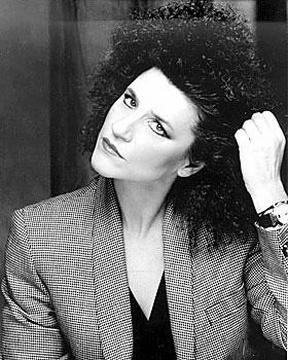Oper Hannover erfolgreich in der Spielzeit 2006/07
Die erste Spielzeit der Intendanz von Dr. Michael Klugl an der
Staatsoper Hannover ist im August erfolgreich zu Ende gegangen.
237.853 Besucher haben in der Spielzeit 2006/07 die Veranstaltungen
der Staatsoper besucht. Gegenuber 209.381 Besuchern in der Spielzeit
2005/06 ist das eine Steigerung von 13,6%. Auch die Einnahmen stiegen
im Vergleich zur vorherigen Spielzeit im ahnlichen Umfang.
Die erfolgreichsten Neuproduktionen im Opernhaus waren das Ballett
"Romeo und Julia" in der Choreographie von Ballettdirektor Jorg Mannes
mit 84%, das Musical "Anatevka" in der Inszenierung von David
Mouchtar-Samorai mit 81% sowie die Opern "Otello" in der Inszenierung
von Nicolas Brieger mit 77,5% und "L'italiana in Algeri" in der
Inszenierung von Ingo Kerkhof mit 71% Platzauslastung. Im Ballhof
glanzte die Urauffuhrungsprodukt ion von Edward Rushtons Kammeroper
"Die fromme Helene" (Regie: Erich Sidler) im Wilhelm-Busch- Jahr mit
einer Auslastung von 100%.
In 10 Tagen beginnt die neue Saison mit einem festlichen
Eroffnungswochenende . Am 15. September ist die griechische
Mezzosopranistin Agnes Baltsa der Stargast beim Festkonzert zugunsten
der Stiftung Staatsoper Hannover. Am 16. September wird die Spielzeit
offiziell eroffnet unter dem Motto "Es muss was Wunderbares sein ...".
24 Mitglieder des Opernensembles stellen gemeinsam mit dem
Niedersachsischen Staatsorchester Ausschnitte aus dem Spielplan der
neuen Saison vor.
Die Eroffnungspremiere am Donnerstag, den 20. September ist ein fruher
Hohepunkt der neuen Spielzeit: mit Benjamin Brittens erster gro?er
Oper Peter Grimes kehrt ein Klassiker des 20. Jahrhunderts nach genau
50 Jahren ans hannoversche Opernhaus zuruck. Zum ersten Mal in
Hannover inszeniert der australische Regisseur Barrie Kosky, der in
den letzten Jahren durch Inszenierungen u.a. am Aalto-Theater Essen
und an der Komischen Oper Berlin hervorgetreten ist. Seine
Inszenierung von "Peter Grimes" ist der Beginn einer kontinuierlichen
Zusammenarbeit mit der Staatsoper Hannover.
http://www.theaterk anal.de/theater/ deutschland/ niedersachsen/ hannover/ 617/1557404656/

